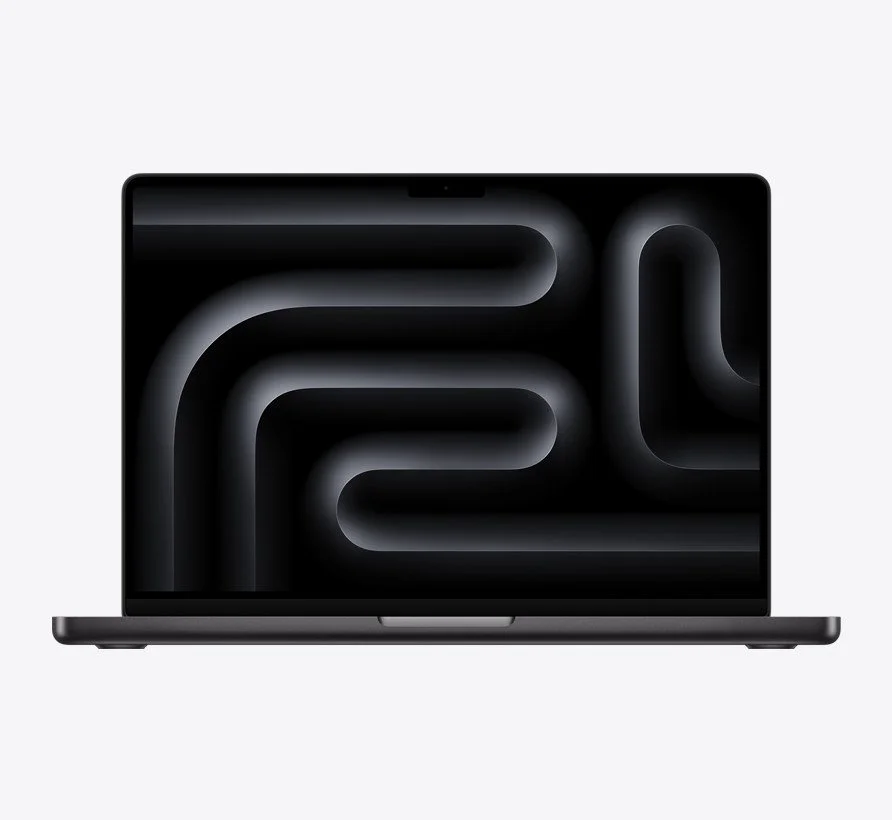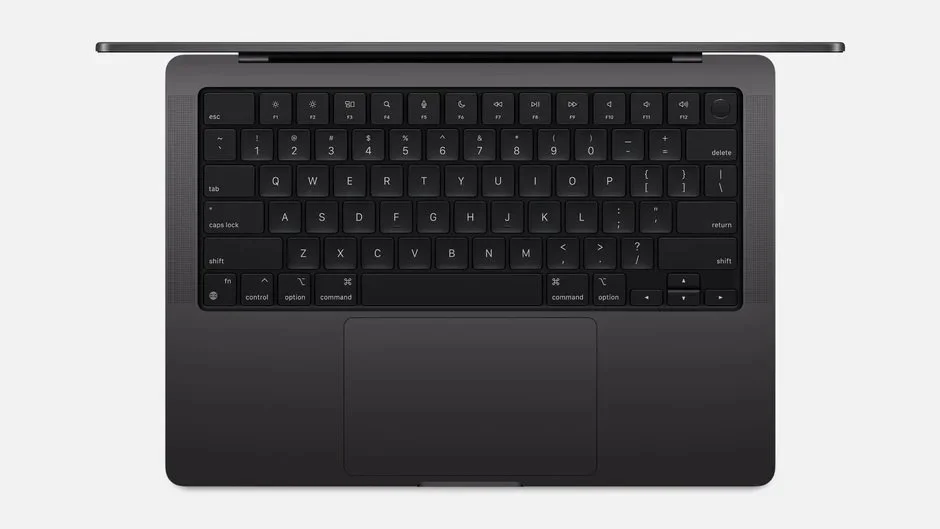Hardware Breakdown Presents: Apple's New M5 MacBook Pro
Apple has recently released its latest MacBook Pro, powered by an all-new M5 chip. The company claims this is a pivotal shift in how laptops are constructed. Apple's latest creations are more than just incremental hardware boosts; the M5 is introduced as a reimagined architecture explicitly built for AI, creative workflows, and sustained high-level performance.
In this monthly installment of Hardware Breakdown, I’ll delve deep into the new MacBook Pro and outline its key components.
The System on Chipset
The M5 MacBook Pro features a pinnacle component, commonly referred to as the System on a Chip (SoC). It includes a 10-core CPU with four performance cores and six efficiency cores. Additionally, the chipset also features a 10-core GPU that supports hardware-accelerated ray tracing, a feature commonly found in NVIDIA and AMD GPUs.
Interestingly, the 16-core Neural Engine Accelerators are integrated into every core of the processor. The entire chipset is built on TSMC's advanced 3nm process, optimized for AI and graphics workloads.
The Unified Memory and Storage
Let's focus our attention on the memory, as it plays a significant role in the M5 MacBooPro's multitasking capabilities and local AI performance. It features a memory bandwidth of 153GB/s and capacity of up to 64 GB. The Unified Memory is designed explicitly for high performance and efficiency. On the storage side, as an option, you get up to 8TB SSD, which can further enhance the laptop's storage capabilities. Industry insiders claim that the storage drive's read/write speed is twice that of the M4 MacBook Pro. It's safe to say the M5 storage drive is more than capable of handling large media and project files effortlessly.
The Display and Graphics
Apple retains the same Liquid Retina XDR display—having a 3024 x 1964 resolution at 254 PPI, a 1,000,000:1 contrast ratio, a very respectable nits count measuring 1,000 at sustained brightness, and 1,600 nits peak brightness.
The GPU is reportedly 1.6 times faster than the M4 MacBook Pro. However, what's unique about the GPU is that it's optimized for resource-intensive applications, such as Final Cut Pro, DaVinci Resolve, Blender, and Unity.
The External Battery
The M5 MacBook Pro features a high-capacity lithium-polymer battery that delivers up to 18 hours of video playback with improved efficiency. For the first time, battery pull-tabs are now easily accessible without removing the trackpad, a small yet meaningful shift in Apple’s repair philosophy.
Breakdown Conclusion
The M5 MacBook Pro is Apple's latest iteration, and it could potentially be one of the most potent laptops in the market. A chip design specifically for AI acceleration, memory configurations that rival desktop workstations, and high-end gaming systems. The consummate creators and power users will certainly appreciate Apple's latest offering.








